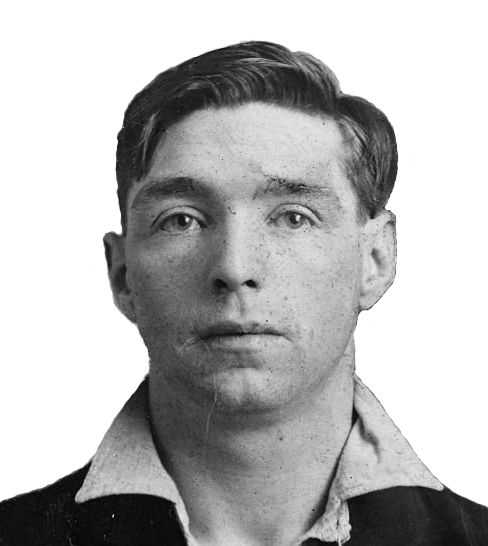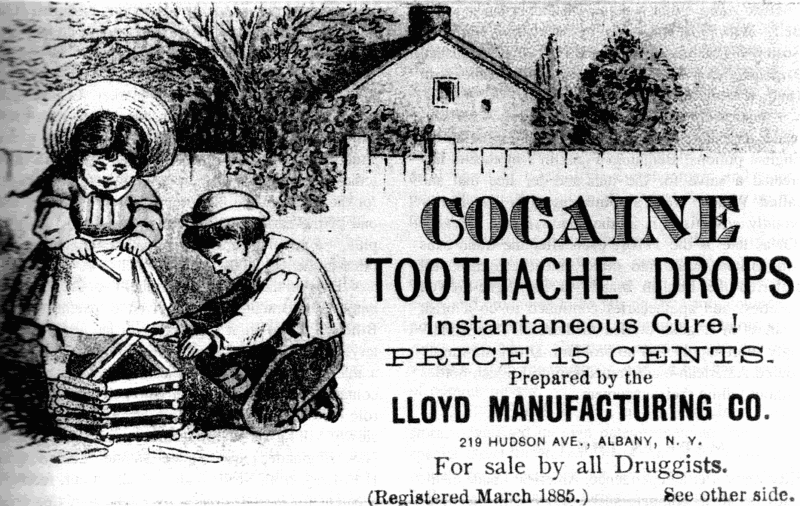CITY IN LOCKDOWN:
WHO'S DOWN AND WHO'S UP
In New York City today, a city gripped by the pandemic, who is afflicted and who is flourishing? For every great crisis tears somebody down and lets somebody else rise up.
Afflicted are the gay bars, since high rents and no income are putting them at risk. Gay people need public spaces like bars to congregate in, say the bar owners, since they don't have the family network that straight people have. But to reopen now, with the pandemic still widespread, would be a disaster. Even the legendary Stonewall Inn, the site of the 1969 riots that gave birth to the Gay Pride movement, is in danger of never reopening, and gay bar owners in the other boroughs are likewise worried.
Other bars, too. The famous White Horse Tavern, where Dylan Thomas indulged in the final binge that killed him, reopened outside and was overwhelmed by the flood of patrons who flocked there, many of them without masks and not observing social distancing. The owner deplored this, but insisted that he could not physically intervene. Result: the bar has been shut down by the New York State Liquor Authority for multiple violations, including the lack of social distancing. It's not easy being a small business owner during the pandemic.
So who in the city is flourishing? Home cooks who, confined to home by the virus, have more time to cook, and offer their wares to their neighbors. Many were astonished at the response, and are cooking more and earning a steady flow of profits on the side. What are they cooking? Pizzas, flan (for Mexican neighbors), Hungarian goulash, cinnamon rolls, carrot cake, empanadas -- you name it. New Yorkers have always been a creative bunch, and never more than now.
Also, a 33-year-old designer who markets art-inspired backpacks and other streetwear, an observant Jew who is up at dawn, prays three times a day, and does volunteer work delivering food and apparel to New Yorkers in need. So what has he just added to his line of goods? Masks. Stylish, of course, and very cool.
Also, bicycle shops. New Yorkers who have to commute are leery of the enclosed spaces of buses and subway cars, especially when some fellow commuters don't wear masks. So they are flocking to bike shops, where they line up outside, are admitted one or two at a time, and buy one of the shop's dwindling supply of new bikes. But if they want their bike repaired, it may take weeks, given the amount of business the shops now have.
Also, a young woman who recently graduated from Columbia University's School of Public Health and now works from her home in Prospect Heights, Brooklyn, as a contact tracing supervisor. She leads a team of information gatherers who are out in the city getting info, so that case investigators can reach out to contacts of COVID-19 patients. She and her team are constantly exchanging e-mails, working hard to identify vulnerable people and limit the spread of the virus. Intense work that requires very up-to-date info as the situation is constantly changing. Tact and compassion are also needed, when it is necessary to notify someone that they are COVID-19 positive. But she loves her work; it's vital.
Musicians are also thriving, though not financially. In Flatbush, Brooklyn, a saxophonist, deprived of gigs by the lockdown, serenades his neighbors from a second-floor balcony, greeting the evening with the strains of "Amazing Grace." As word gets out, more and more people gather to hear him play jazz, and he is joined on the balcony by his trumpet-playing son, and by musicians on the street below, all masked and observing the proper distance. A Barcelona-born jazz musician plays a melodica as his young children dance. A Haitian guitarist comes all the way from from Canarsie, and a Pakistani shows up to play drums. Occupying nearby driveways and lawns is a growing crowd of jazz fans: African Americans and whites, Pakistanis and Mexicans, joined at times by neighbors on porches and stoops clapping their hands to the music. Hearing the music, a Mr. Softee truck driver stops his
Source note: These stories were inspired by items in the Metropolitan Section of the New York Times of Sunday, June 28, and Sunday, July 5, 2020. This weekly section keeps me informed about what my fellow New Yorkers are up to.











